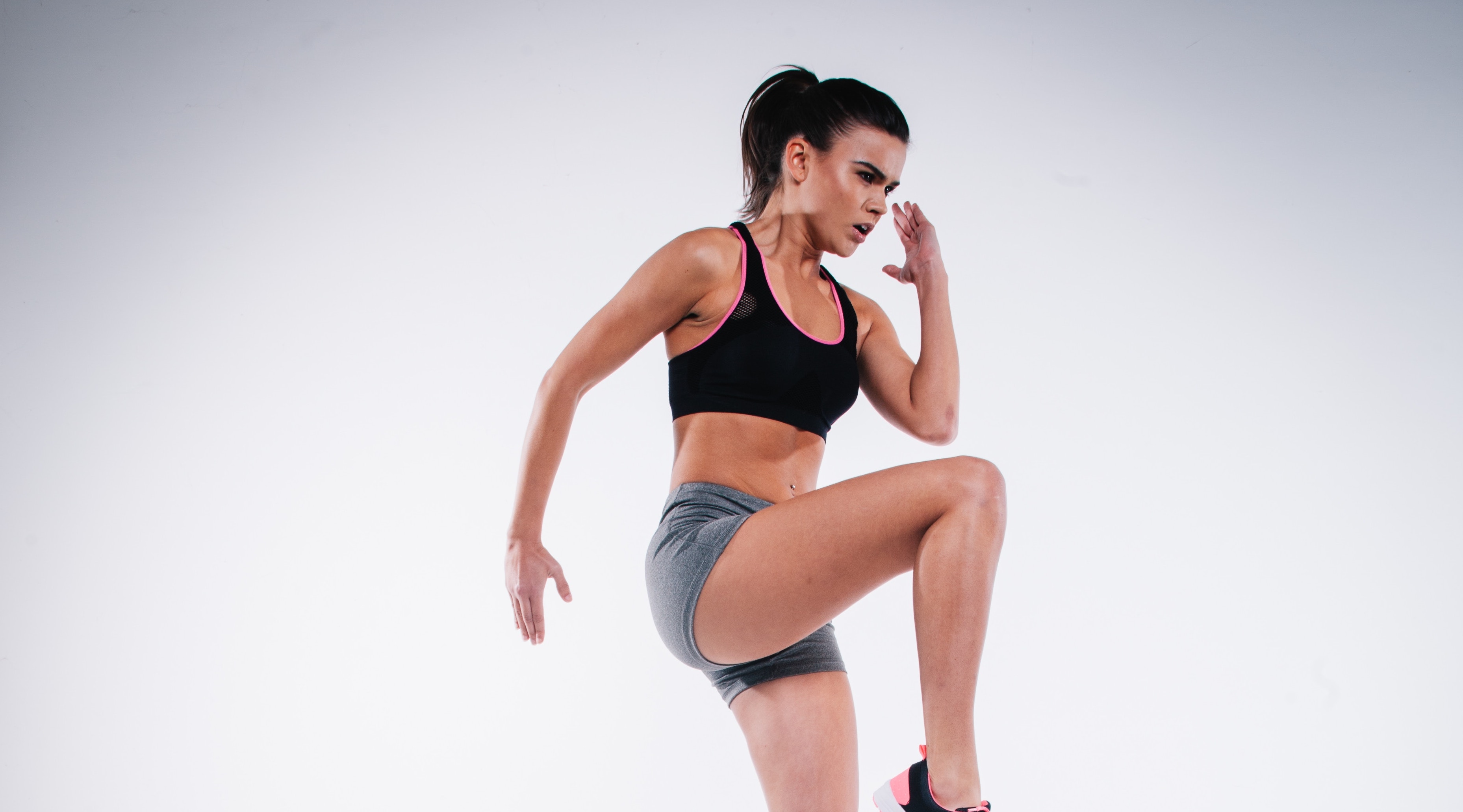
Imagine this (absolutely horrific) scenario:
Your washer is broken. The laundry in the house is piling up and it’s starting to bug you. You reach into your toolbox, grab a random tool, and start fixing away in the hopes that, when you’re done, your washer will be restored to pristine, working glory.
This process is fundamentally flawed.
No one in their right mind is going to start fixing their washer without having given it a thorough once over to figure out what’s actually wrong. Unless gambling on the future health of your household appliances is a thing you enjoy.
But this is the exact way that roller derby athletes approach injuries and nagging aches and pains.
The cycle goes as follows:
- Something hurts. (Probably your hips, knees, or shoulders.)
- You search online for a prehab activity to fix the offending area.
- You do the prehab/recovery activity.
- It may or may not get better.
- Repeat.
As athletes, we’ve all been caught in this cycle. We have those same nagging injuries that seem to pop up over and over again. No matter how hard we try to recover from them, baby them, ice them, or scream obscenities at them — THEY NEVER SEEM TO GET BETTER.
It’s because the ubiquitous cycle we’re caught in is missing an important step.
ASSESSMENT.
It’s hard to fix something (whether it’s a body part or a laundry machine) unless you know EXACTLY where the issue stems from in the first place.
Head to Google and search for HIP PREHAB — you’ll get 183,00 results. Nearly every result on the first page tells you that it’s “key for strong hips” or “every athlete should include this in their program.” Maybe those results aren’t lying, but those exercises and routines might not be what you need to cure what ails you.
How do you know?
You figure out where the movement is lacking or wonky. Then fix those underlying issues first.
HERE’S HOW TO DO IT FOR YOUR HIPS.
This assessment originally came to me by way of Gavin Mchale of McHale Strength and Conditioning who put me through these paces when I complained to him about my own hip pain.
The idea behind the assessments below is to give you an idea of how well your hips work overall. And whether you’re working against the inherent shape of your hip socket. (Yup. That’s a thing.)
Aside from the questions tacked to each of the videos below, also make note of the following:
- Is there any pain? Tightness? Pinching?
- Is there a difference between one side and the other?
- What movement feels GOOD?
So take a few minutes, grab a notebook (and maybe a partner), and actually assess what is wrong with your hips. Please. For the love of God.
Hip Flexion
OTHER QUESTIONS TO CONSIDER: Does your hip seem to work better in a straight line or with some external rotation (your knee and hip moving away from your center)? How do you squat? How do you deadlift? Does it general feel good when you do these movements this way?
Hip External Rotation
The IDEAL here is 90 degrees. How far off are you from that?
Hip Internal Rotation
Only do the test for internal rotation NOT adduction. Be particularly on alert for pain, tightness, or ‘pinching’ here. The IDEAL is 45 degrees. How far off are you from that?
Active Straight Leg Raise
Aside from the questions above, are there any issues?
WHAT’S NEXT?
Now that you’ve taken the time to actually figure out what’s bothering you, fixing the problem will become much easier and more effective.
Check out PART TWO for exercises that target the imbalances you uncovered using this assessment. Now you can finally do some prehab that actually works.
Want more?
If you’re interested in more exclusive content, access to my FREE resource library, and the slightly weird workings of my inner mind, you can sign up for the Iron Octopus Fitness email list HERE. Wherein I harass you weekly with all things intelligent cross training, mindset, and…other.


very nice and informative post! I must say that Why does it make sense to have a standardized fitness test for roller derby? Roller derby athletes, on the other hand, currently have a little framework for comparison of fitness levels
Roller Derby Athletics made an attempt at a standardized fitness test and there are on-skates minimum requirements to play. The community is working on it!